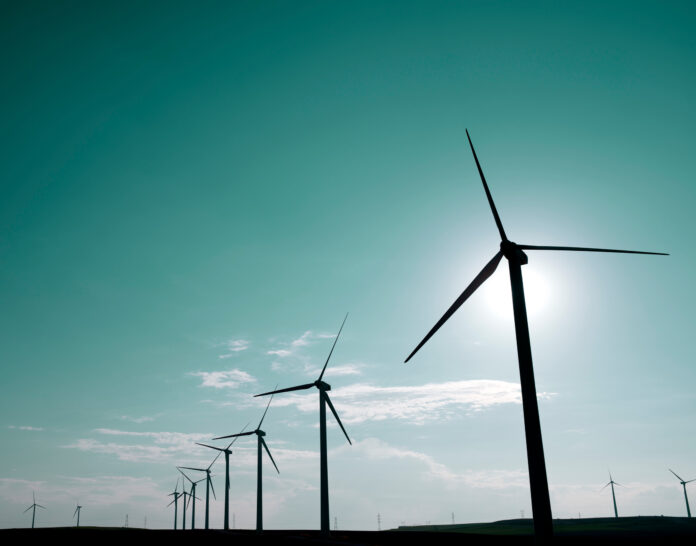AI workloads don’t just consume energy—they consume it with patterns that are impossible to predict. This is why infrastructure upgrades are key
In sum – what you need to know:
AI energy demand – rapid expansion of AI tech, especially large models and applications, drives unpredictable energy spikes that strain outdated power grids and data centers.
Smart infrastructure – modernizing power grids, strengthening data center systems, and integrating renewable energy storage are critical to managing AI energy sustainably.
AI to the rescue – AI-driven tools are being used to predict demand patterns, optimize grid performance, and prevent energy overloads – to ensure reliable energy delivery.
As artificial intelligence (AI) technologies surge at a very fast pace, so do their energy demands. From training massive AI models like ChatGPT to running real-time applications in industries and homes, AI systems need significant computing power. This increased usage leads to sharp spikes in energy consumption — especially in data centers and power grids. To handle this growing demand, there is a need for smart infrastructure upgrades that can ensure reliable energy delivery, reduce emissions and support the continued expansion of AI.
Why AI needs so much energy
AI systems — especially large language models and generative AI—rely on high-performance computing hardware such as GPUs and specialized chips like TPUs. These machines run continuously, often in large data centers. Training one large AI model can consume as much electricity as hundreds of homes use in a year.
AI also drives energy use beyond data centers. AI-powered applications like autonomous vehicles, smart factories and predictive healthcare run around the clock and require low-latency data processing. That creates additional demand on both local computing systems and the energy grid.
The problem with sudden spikes
AI workloads don’t just consume energy—they consume it with patters impossible to predict. A company might suddenly launch a new AI product, or traffic on an app might surge due to a viral trend. These events can cause short bursts of very high energy usage.
Traditional energy systems are not built to respond instantly to such spikes. If the local power infrastructure is outdated or already strained, these surges can lead to blackouts or reduced performance. That’s why energy systems must evolve to handle AI’s unpredictable demands.
Key infrastructure upgrades needed
Here are some of the most important upgrades that can help manage AI-driven energy spikes:
1. Modernize power grids
A smart grid uses sensors, automation as well as real-time data to monitor and manage electricity flow. Unlike traditional grids, which are slow to respond, smart grids can detect energy spikes and automatically redirect power where it’s needed.
Smart grids also make it easier to balance supply and demand, avoid overloads, and integrate renewable energy sources.
2. Strengthen data center power systems
Data centers are the backbone of AI computing. Operators need to:
-Install redundant power supplies and battery backups.
-Use intelligent load balancing to distribute computing tasks across multiple centers.
-Upgrade to modular power architectures that scale efficiently with AI demand.
-Many centers are now turning to liquid cooling systems to reduce energy waste from traditional air-based cooling.
3. Build more edge data centers
Edge computing brings data processing closer to users. These edge data centers reduce latency and relieve pressure on centralized data centers.
Deploying more edge data centers can help absorb local AI traffic surges and reduce long-distance power and data transfer needs.
4. Integrate renewable energy with storage
AI’s growing energy footprint raises concerns about sustainability. To reduce emissions, infrastructure must rely more on renewable energy, such as solar and wind.
However, renewables are not always available on demand. The solution is battery storage and energy management software that store excess energy when it’s produced and release it when AI demand spikes.
5. Use AI to manage energy itself
AI can help manage the very problem it causes. Energy operators are now using AI for:
-Predicting demand patterns in real time
-Optimizing grid performance
-Preventing overloads before they happen
By using AI to analyze usage data and weather conditions, operators can make smarter decisions about energy distribution.
Conclusion
AI is here to stay—and it will only become more powerful. If infrastructure doesn’t keep up, energy shortages and environmental damage could follow. But with smart investments in power grids, data center design renewable energy, and AI-driven management, we can support AI’s growth sustainably and responsibly. This would require that Governments, energy companies and tech firms work together to modernize infrastructure now.

